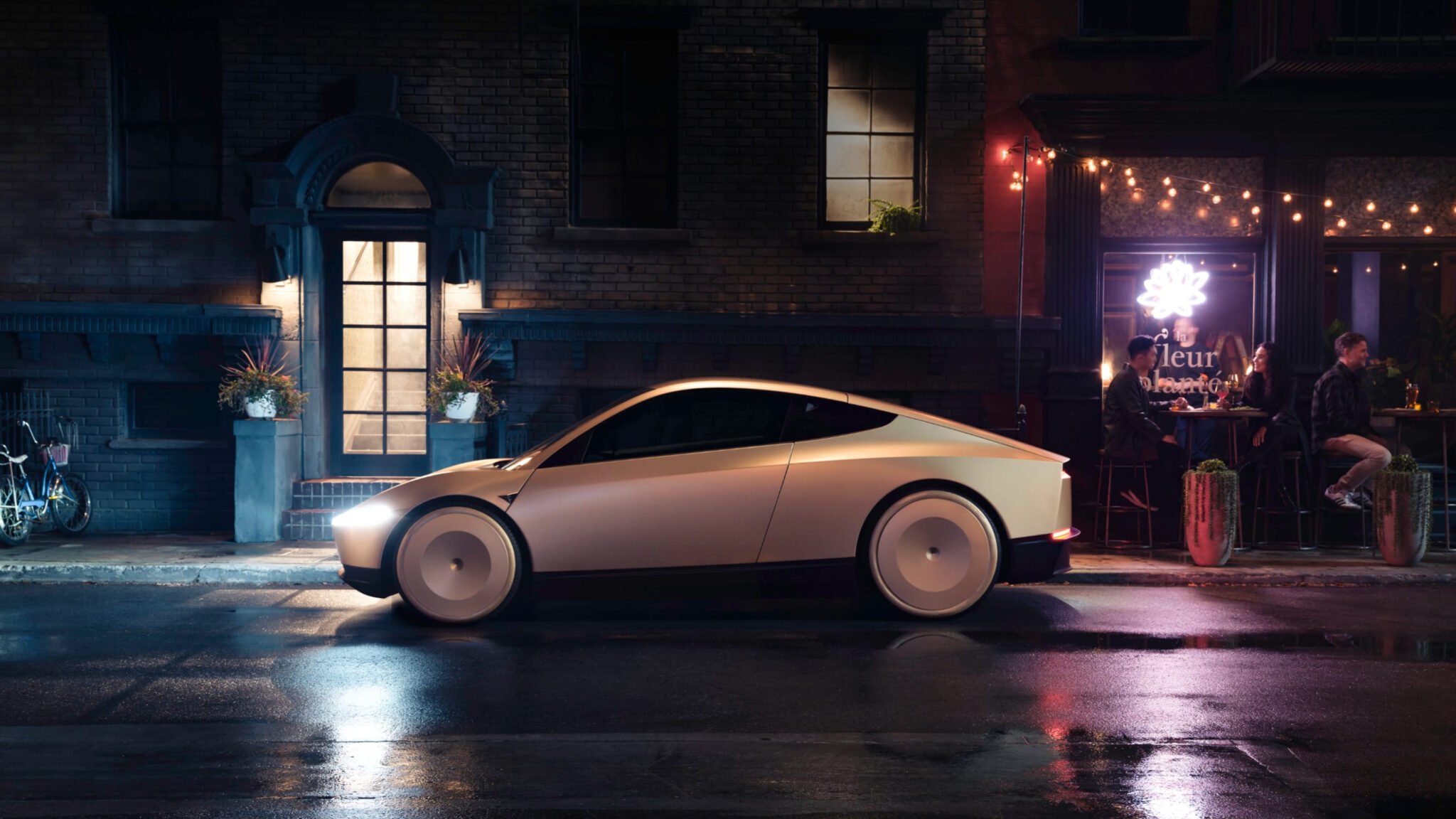Tesla Unveils the Cybercab: A New Era in Autonomous Transportation
On a night filled with anticipation and excitement, Tesla unveiled its latest innovation, the Cybercab, a robotaxi designed to compete head-to-head with established players like Waymo and Cruise. This long-awaited project, promised by CEO Elon Musk back in 2015, has taken nearly a decade to develop and is set to redefine urban mobility. With a unique design featuring only two seats, the Cybercab aims to offer a futuristic solution to transportation challenges.
The Road to 2026: A Bold Timeline
Despite the grand reveal, the Cybercab is not expected to hit the roads until 2026. Tesla’s ambition is to launch this vehicle as a fully autonomous entity, which is why it lacks traditional controls like a steering wheel or pedals. However, achieving this goal hinges on securing various regulatory approvals, a process that has proven challenging for other autonomous vehicle companies. Given the complexities faced by Waymo and Cruise, Tesla’s timeline appears optimistic, if not audacious.
A Unique Unveiling at Warner Bros. Studios
The Cybercab was showcased at Warner Bros. Studios in Burbank, California, a location chosen for its enclosed roads, allowing Tesla to demonstrate the vehicle’s autonomous capabilities without the need for external testing permissions. However, reports suggest that Tesla employees meticulously mapped the studio’s layout in advance, ensuring a smooth presentation. The nighttime event may have been a strategic choice, as it obscured some vehicle details while also presenting a more controlled environment for the demonstration.
Futuristic Design with Practical Concerns
The Cybercab’s design is undeniably striking, drawing inspiration from the Cybertruck with its angular aesthetics and diagonal-opening doors reminiscent of luxury supercars. While this design is visually appealing, it raises practical concerns, particularly in urban settings where space is limited. The automatic doors, which lack handles, could pose challenges in high-traffic areas, potentially complicating passenger entry and exit.
Cost-Effective Transportation: A Two-Seater Dilemma
During the event, Musk touted the Cybercab’s operational cost of just 20 cents per mile, significantly lower than the $1 per mile charged by traditional buses. However, this comparison raises questions, especially considering the Cybercab’s limited seating capacity. Competing services like Waymo and Cruise offer vehicles that can accommodate up to four passengers, making them more suitable for group travel.
In a surprising twist, Tesla also introduced the Robovan, a larger vehicle designed to carry up to 14 passengers. This new offering aligns more closely with existing autonomous bus and van concepts, such as Waymo’s Origin. Musk clarified that the Robovan is not intended to replace public transportation but rather to facilitate group travel, such as transporting sports teams or cargo.
The Optimus Robot: A Multifunctional Assistant
Another highlight of the event was the introduction of the Optimus robot, Tesla’s ambitious foray into robotics. Musk announced plans to offer two versions of Optimus, priced at $20,000 and $30,000, aimed at enhancing everyday life. The robot is envisioned as a versatile assistant, capable of performing tasks like lawn mowing, dog walking, and even babysitting.
While the presentation featured Optimus robots serving drinks and engaging in lighthearted dancing, attendees noted that the robots primarily distributed small gift bags. This playful display showcased the potential of robotics in social settings, even if the execution fell short of Musk’s grand vision.
A Glimpse into the Future of Transportation and Robotics
Tesla’s unveiling of the Cybercab and the Robovan, alongside the Optimus robot, marks a significant step toward a future dominated by autonomous vehicles and intelligent robotics. While the ambitious timelines and innovative designs present exciting possibilities, the practical challenges of implementation and regulatory approval remain critical hurdles. As Tesla continues to push the boundaries of technology, the world watches closely, eager to see how these developments will shape the future of transportation and daily life.
